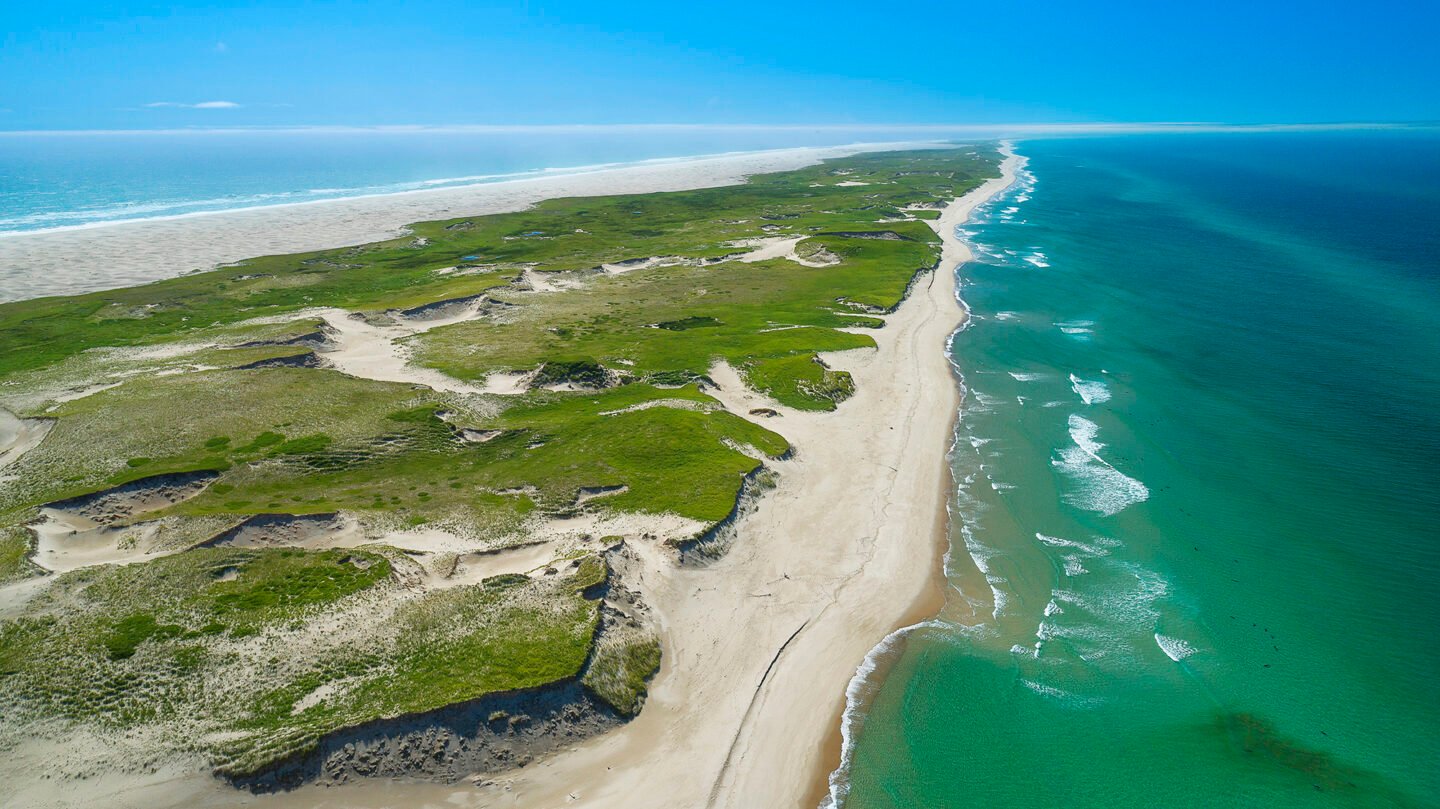The Enigma of Sable Island
Sable Island, known from the French translation as “Île de Sable” or Island of Sand, is a crescent-shaped 26-mile (42 km) sandbar located in the depths of the Atlantic Ocean, about 180 miles (290 km) east of Halifax, Nova Scotia. This isolated landmass, less than a mile wide (1.3 km) at its broadest point and rising no more than 98 feet (30 m) above sea level, is often referred to as the “Graveyard of the Atlantic.” Over 350 shipwrecks have occurred due to its treacherous shifting sands, with the earliest recorded incident being the English ship Delight in 1583.
A Comparison of Shipwreck Locations
Interestingly, Sable Island shares its grim title with another location known for its shipwrecks: the Outer Banks of North Carolina, which boasts around 5,000 shipwrecks over a 200-mile (320 km) stretch. Despite this, Sable Island’s remote position and smaller landmass contribute to its unique status as a navigation hazard, setting it apart in nautical history.
Influences of Major Ocean Currents
For boating enthusiasts, understanding the dynamics of ocean currents is vital. The Gulf Stream, a powerful warm Atlantic current, flows close to the U.S. coast and significantly influences global climate patterns. In contrast, the Labrador Current also plays a crucial role; it brings cold water from the Arctic and is infamous for its icebergs, which present hazards in the shipping lanes. The interaction between these two currents creates the perfect environment for dense fog near Sable Island, yet it also fosters one of the richest fishing grounds in the world. This wealth of fish attracts a variety of marine wildlife, including the largest breeding colony of grey seals.
Flora and Fauna of Sable Island
The island’s biodiversity includes the rare Ipswitch Sparrow and a unique herd of approximately 400 wild horses, known for their shaggy coats, descendants of livestock intended for sustainable food sources. These horses thrive in the island’s sandy terrain, traversing the rich vegetation composed of marram grass and other local flora.
The Historical Narrative of Shipwrecks
Looking back to the annals of maritime exploration, Sable Island has seen numerous significant shipwrecks. Following Christopher Columbus’s journey in 1492, John Cabot’s exploration in the late 15th century led to the European claiming of Newfoundland and Nova Scotia. With various explorers naming the island through the ages—from Faqundes to “Isola Della Rena”—its recorded shipwreck history began with the HMS Delight.
Rescue Operations on Sable Island
Over the years, the need for rescue operations became apparent, leading to the establishment of the Humane Establishment in 1801, which served as a rescue station. This initiative marked the beginning of human habitation on the island, securing a connection for those navigating the perilous waters surrounding it. For instance, the wreck of the Arcadia in 1854 highlighted the importance of rescue stations, leading to the saving of 170 souls when rescuers braved vicious storms.
The Evolution of Navigation Aids
As the late 19th century unfolded, lighthouses were constructed to assist sailors in navigating these treacherous waters. Though the dense fog often rendered these aids ineffective, they remain a crucial part of Sable Island’s maritime history. For instance, the tragic collision of the La Bourgogne in 1898 is a somber reminder of the dangers that pervaded these waters.
The Present-Day Significance of Sable Island
Today, Sable Island is a designated national park reserve, safeguarded under the stewardship of Parks Canada. Access to the island is heavily regulated, with visitation permitted only from June to October, fostering its preservation. The park is respected as a natural habitat where thousands venture to witness its unique wildlife, seals, and wild horses.
Budoucí dopady
Beneath Sable Island, an extensive reserve of natural gas has been detected, presenting both potential opportunities and environmental concerns. As maritime activities grow, especially in sailing and touring the Atlantic waters, it remains critical for enthusiasts and adventurers to explore these aspects responsibly.
At GetBoat, staying updated with such intriguing locations and conditions in sailing is paramount. The essence of adventure resonates with every inch of water frequented by sailors, noting that each inlet and bay speaks volumes about its heritage, culture, and experience. Whether considering a sailboat rental or a yacht charter for an expedition, the right vessel will allow you to explore Sable Island and similar destinations unlike anything else, all while appreciating the tranquillity of the sea.
Connecting Adventures with GetBoat.com
Sable Island serves as a great reminder of the dynamic, unpredictable beauty of sailing adventures. With its rich history of maritime exploration and diverse ecosystem, it calls for enthusiasts to experience the ocean’s allure. Planning a trip? GetBoat.com provides a platform for sailing options tailored to various preferences and budgets, ensuring optimal transparency and convenience. Each vessel listed comes with comprehensive details, making it easier to choose one that suits your adventure best.
Engaging with new destinations illustrates a multifaceted journey. Exploring locales like Sable Island, with its unique lifestyle, culture, and ecosystems, is as vital as sampling local cuisine and immersing oneself in the natural beauty surrounding those waters. If you’re gearing up for your next seaside escapade, consider the diverse opportunities in boat rentals to enhance your travel experience—every inlet, bay, and lagoon has its own stories to tell, as engaging as the local culture. Discover more at GetBoat.com.
Ultimately, whether navigating the currents of Sable Island or renting a yacht for a coastal journey, the adventure awaits you. At GetBoat, we believe in facilitating these experiences, ensuring you find the perfect boats, yachts, or sailboats for unforgettable explorations.

 Sable Island: Secrets of the Atlantic Coast">
Sable Island: Secrets of the Atlantic Coast">
